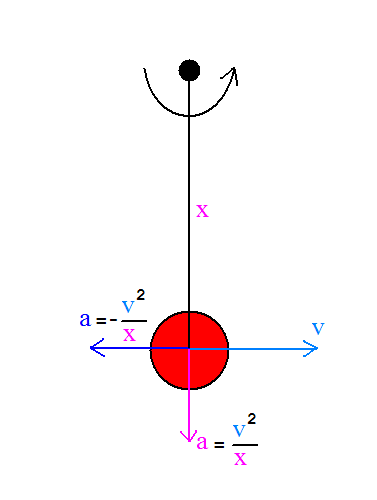DrWhat wrote:I'm not going to get intensely involved in these discussions except to say that I believe Bessler found a way to REDIRECT the force of gravity in such a way that gravity pushes the wheel at an angle a little from the side of the wheel rather than just straight down.
I still believe it is gravity causing a skew in the forces within the wheel. I'm not a proponent of the ambient theory other than if you define gravity as being ambient. But as always until John Collins finishes his build we'll need to wait and see!
Damian
Damian - I wouldn't wait for John to build his wheel, because I doubt he has found the answer yet. I'm pleased that you can see that gravity can be the source of energy input.
AFAIK, it is easy to redirect the force of gravity. As grimer has pointed out - force is strain within a material. If we have a brick sitting on a vertical pillar, the force of gravity is directed straight down. But if that pillar is bent on an angle, and is still supporting that brick - the force of gravity is obviously directed down to earth on an angle. It's as simple as that. But I don't see any potential for surplus energy to be gained from simple redirection.
I hope you will admit that a Force has the ability to Accelerate Mass. F=MA.
I hope you will admit that gravity is (or exerts) a Force.
Therefore gravity has the ability to Accelerate a Mass.
We know from experience the most of the time, the Force of Gravity does not Accelerate Mass - but instead it creates Strain within Mass as that Force is redirected to earth. (Just like a brick sitting on a pillar).
To extract Motion from Gravity, we need to stop restricting movement. Take away the opposing forces, and Mass wants to move - due to the Acceleration of Gravity. The only thing stopping Motion are the forces opposing Motion. Such as hitting the ground.
Momentum = Force time Time. The limit to the amount of Motion/Momentum that we can extract out of gravity is only limited by Time. Specifically - the Time that the opposing forces are not opposing motion.
For most practical earth-based purposes - hitting the ground is when we run out of time, and the Normal forces kick in and Acceleration stops.
What about geo-synchronous satellites? These satellites are constantly "falling" around our Earth. They don't need energy input once they are in place - the source of their (virtually) perpetual motion is gravity pulling them down. Except the don't run out of Time - so they don't hit the ground! They also don't accelerate up to infinite speed - because they are oscillating between accelerating and deceleration. Satellite and moons don't have perfect cirular orbits. That means they do not move at a constant velocity. They accelerate and decelerate.
Anyhoo - i'm not a rocket scientists, and somebody more experienced in space physics could easily baffle me with science. I also know that NASA get their calculations wrong. Verrryy wrong as it turns out. So i'm not going to go there.
My point - is that the limitation to extract continuous energy out of gravity is simply Time.
Any gravity wheel that allows the main masses to lower their CoG is going to strike the problem of having to raise that CoG back up again.
The beauty of using balanced masses (pairs, or a flywheel) is that the CoG never falls. It never requires resetting, because any position is as good as any other position. (For practical purposes - a balanced beam does prefer to be horizontal, but it doesn't pose a problem for a practical machine).
So what is the point of having balanced masses? When one goes up, the other goes down. Achieving what? Good question. What it achieves is energy storage. We can now take a seperate, smaller mass, and allow this to fall to earth. But we don't let it freefall - because we all know the maxium amount of momentum that can be achieved by freefall.
Freefall generates the least amount of momentum possible.
Think about that!
The reason this is true is because Momentum = Force times Time. The Force of Gravity on a fixed mass is practically constant. Freefall achieves the maximum velocity possible - and therefore we hit the ground and run out of time the fastest! Therefore - we accumulate the LEAST possible Momentum.
If we slow down a mass by friction, we increase the Time of fall - BUT - we lose all that excess Momentum by turning it into heat.
But if we divert (redirect) all the Force of Gravity acting on our small mass into a much larger but balanced system ... we don't waste our Force time Time.
SO we have the same Force - acting for a much longer time. This means that our balanced energy storage system accumulates far more momentum than the small mass would generate in free fall.
I'll post a calculation later for those who still can't see this.
This is nothing new - pequaide has given us these secrets a long time ago. I'm just trying to present it in a different way so more people can get the idea.
It should be fairly obvious to anyone that if we have accumulated far more momentum than a mass achieves during free fall - it should be possible to return that mass using some of that momentum, and have surplus momentum to drive a load.
If the disbelievers can't see free energy here, they are in the wrong business. (Or they are on the payroll to spread disinformation and disrupt genuine free energy research).




